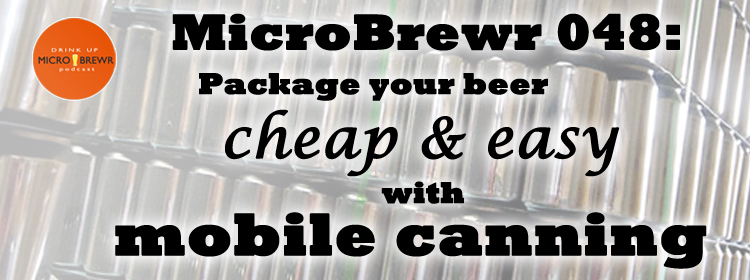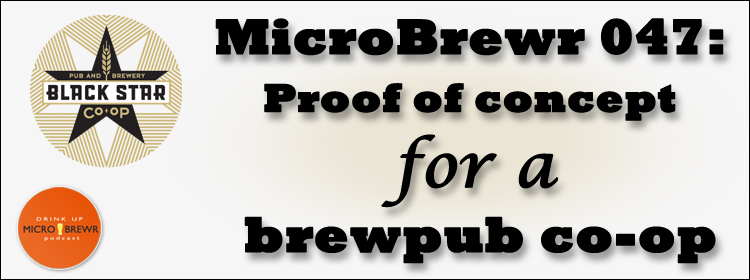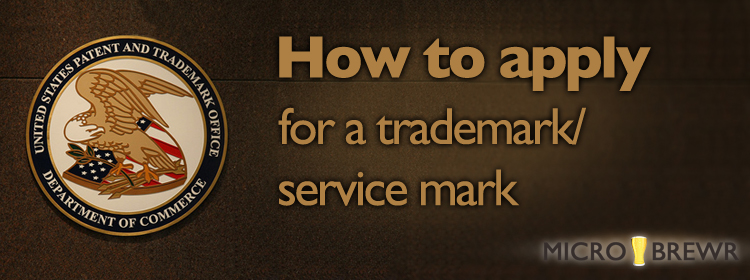MicroBrewr 048: Package your beer cheap and easy with mobile canning
Podcast: Play in new window | Download | Embed
Subscribe: RSS
You pinched every penny. You begged, borrowed, and stole to start your brewery. People are enjoying your beer at the taproom, and now you want to expand your reach. You still don’t have capital to buy a dedicated canning or bottling line. Matt Woempner, from Mobile West Canning, in San Diego, California, explains how mobile canning can work for you.
Mobile Canning West serves San Diego, Arizona and Southern Nevada. Mobile Canning Systems provides training and guidance to all of their affiliates. So if you’re outside of
Mobile West Canning’s area, you can likely find another affiliate who will come to you.
The system is pretty similar throughout.
Contact the mobile canners when you start a new batch of beer. So they’ll have enough time to schedule your job.
This might be the first time that you’re beer in being packaged, so attention short be given to the label. “Artwork, artwork, artwork,” says Matt. TTB has requirements for your label design, and many state alcohol control boards have additional requirements. The mobile canner will help make sure your labels are in compliance.
When the canners arrive, they’ll wheel the machine into your brewery, within several feet of the fermenter or bright tank. They will bring one or 2 people, and they’ll need the help of a few people from your brewery.
At the end of the day, your beer is in 12 oz. or 16 oz. cans, and ready to be sold!
There is a ton of detailed information in this episode—too much to recap here. So listen to the whole episode and see if mobile canning can help you achieve the goals for your brewery.
“This is a tremendous business to be in, and it’s an exciting time to be in that business.” [Tweet This]
Listener question:
From Lester Foldi: Is the Craft Brewers Conference worth the price for a nanobrewery still in the planning phase?
Book recommendation:
- Complete Guide to San Diego Breweries, 2014/2015 Edition by Brandon Hernández.
Check out the entire list of recommended books, click here.
An upcoming beer style:
India Pale Ale
Other resources:
- Mobile Canning Systems, “the first craft beer mobile canning system in the country.”
- MicroBrewr 030: Hire a mobile canning system and put your beer cans on store shelves sooner, MicroBrewr, October 7, 2014.
- Beer Labeling, U.S. Alcohol and Tobacco Tax and Trade Bureau (TTB).
- U.S. States’ Alcohol Laws, MicroBrewr.
- State craft beer sales & production statistics, Brewers Association.
- The craft beer (non) bubble, Bart Watson, Brewers Association, September 30, 2013.
- Craft Brewers Conference, Brewers Association.
You can reach Matt Woempner and Mobile West Canning at:
Sponsors:
“Compare free quotes from top suppliers within 48 hours.”
Support MicroBrewr
Help keep MicroBrewr on the air. CLICK HERE for ways you can help.












